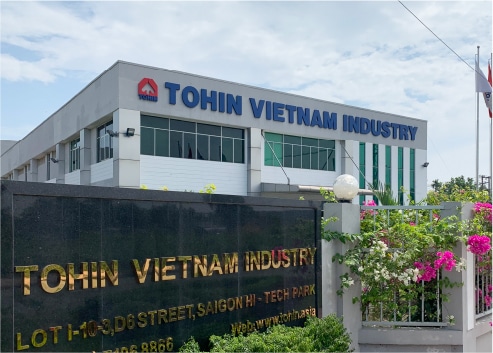The current shortage of clean water has become a common phenomenon on almost every continent. One of the solutions aimed at improving this situation is to apply technical technologies to manage and save water resources.
Nano water purification technology
According to the World Health Organization (WHO), each year up to 1.6 million people die from diarrheal diseases due to lack of clean water and basic sanitation. Indian researchers have proposed tackling the persistent problem with a nanotechnology-enabled water purification system. This technology uses mixed nanomolecules to remove microorganisms, bacteria and other impurities from the water.
GS. Thalappil Pradeep of India's Madras Institute of Technology said: "Our technology can save lives. For just $2.50, your family will have access to clean bacteria-free water throughout the year."
This shows that low-cost water purification technology has finally become a reality and can be applied commercially.
Desalination technology in seawater
Although revealing many prospects in the future, seawater desalination technology is still extremely expensive, in addition to consuming a lot of energy – up to 4kWh / 1m3 of water – due to the use of reverse osmosis.
In Singapore, scientists are working on biomimicry, which simulates the biology of mangroves and saltfish that live in both freshwater and saltwater environments, to see how they can filter seawater with minimal energy.
Another approach is to use a biomimetic membrane enhanced with aquaporin — a special protein channel attached to membrane cells that selectively moves water back and forth to the cell and prevents salt from passing through.
If science can find a way to effectively simulate these biological processes, Harry Seah, chief technology officer of PUB, Singapore's water authority, believes that desalination technology in seawater costs less and less energy and will soon be available.
Smart Management Technology
It is estimated that 45 million cubic meters of water are lost through water supply networks in developing countries alone. Water leaks not only cause damage to businesses, but also increase pressure and increase the risk of pollution on already scarce water resources.
Speaking about this situation, Dale Hartley, Business Development Director of SebaKMT, said: "Investing billions of dollars in building additional water tanks, water treatment plants and pumping stations will no longer make sense to the business when up to 60% of the water produced is lost."
Fortunately, new management technology can help water utilities minimize losses from large water supply networks. In particular, electronic tools such as pressure sensors, sound sensors ... Being wirelessly synchronized with a centralized control system of cloud computing allows these businesses to detect and locate leaks much faster than before.
Wastewater treatment technology
Today, many cities in the world, including in developed countries, do not have standard wastewater treatment systems, most wastewater is not treated but discharged directly into rivers and estuaries, or used as irrigation water in agriculture.
New technologies, although opening up the prospect of turning wastewater into energy and drinking water, before that happens, in addition to continuing to upgrade and expand existing facilities, Dr. David Lloyd Owen, a Bluewater Bio consultancy, said more scaling down wastewater treatment systems would need to be possible to build new plants in crowded, cramped urban areas.
Nguồn: Internet






